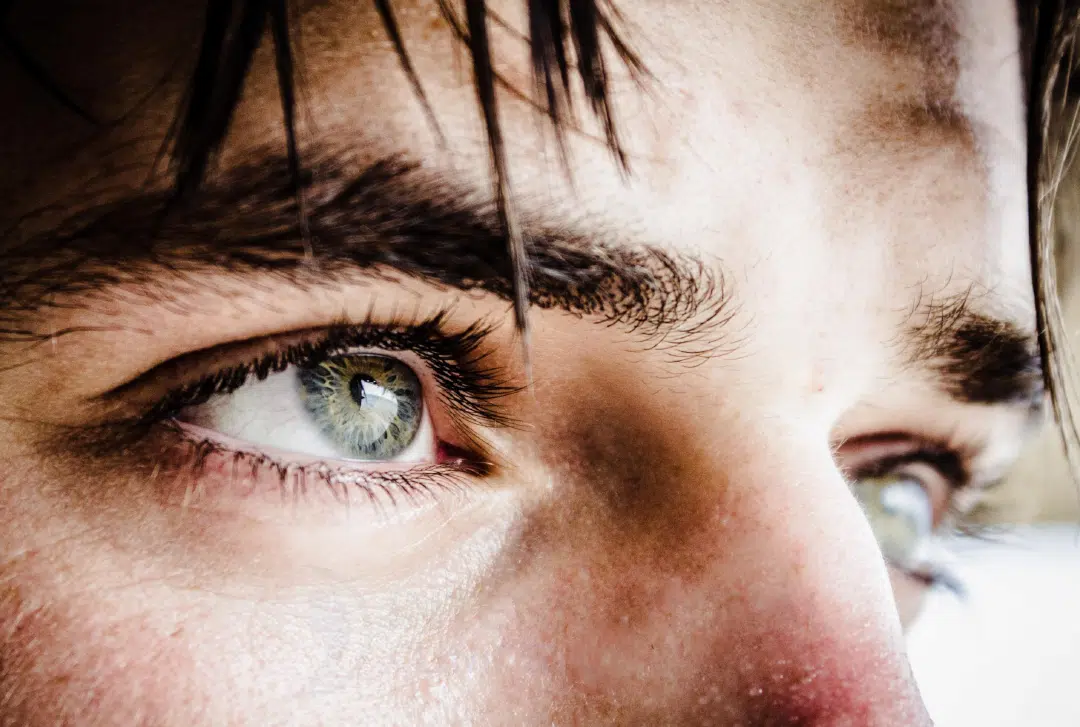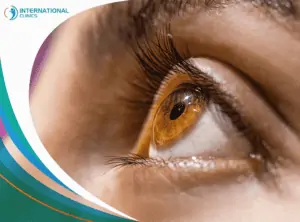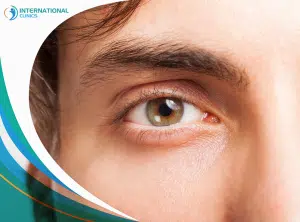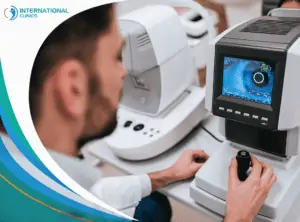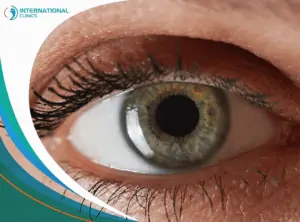Suffering from eye conditions such as nearsightedness (myopia) could disrupt your daily activities and life and make you unable to see distant objects. Nearsightedness causes a great deal of discomfort and prompts many people to undergo eye surgery to resolve the problem.
The successive development of laser surgeries, such as LASIK, has changed the life of many people with nearsightedness, especially among the youth and elderly who suffer from presbyopia. Continue reading to know more about the causes of nearsightedness, its treatment, and other things that may interest you about this subject in 2024.
What Is Nearsightedness?
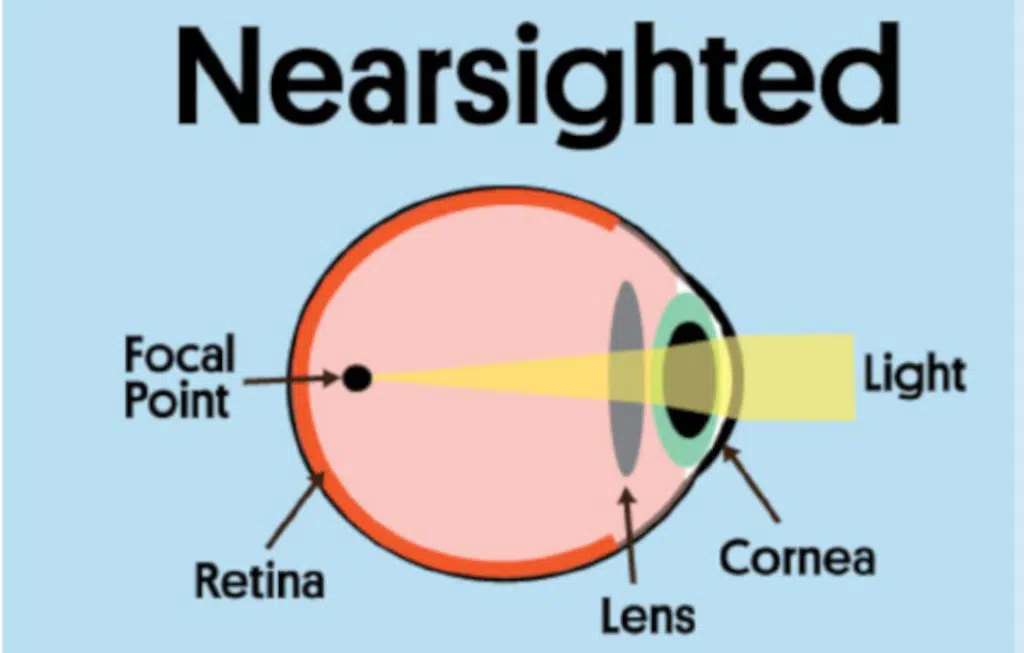
Nearsightedness refers to a refractive error that makes you unable to see distant objects or identify their features. The patient may lose the ability to see objects that are close to them as well. The less ability to see distant objects the more likely it is a progressive type of myopia. Myopia is another word for nearsightedness.
You can understand the problem of nearsightedness after knowing more about the function of the eye and vision. In the normal eye, vision occurs as visible light enters the surface of the eye. The light bends twice, one through the cornea and one through the lens.
Eventually, light reaches the back of the eye and the surface of the retina. This is what the natural eye does, but if the eyeball is too long or the cornea is too curved, the images of objects are not formed on the retina, but in front of it, leading to the separation of light rays and losing the focus of the light. This disturbs the light that reaches the retina and causes myopia. Multiple types of intraocular lenses are available to combat myopia.
Nearsightedness Causes: Anatomical Factors
Nearsightedness is the product of external and internal or anatomical factors within the eye. In any case, nearsightedness is usually a result of the abnormal shape of the eye, which can arise out of the following factors:
- Long eyeball: if your eyeball is too long from front to back, the light will bend away from the retina and lose focus because the depth of the eyeball becomes higher than usual.
- Curved cornea: The cornea is the clear, transparent covering on the front of your eye. If your cornea or curved or too rounded, Light will focus in front of the retina instead of on it, making distant objects look fuzzy or blurry.
Nearsightedness Causes: Environmental & Genetic Factors
Most experts agree on nearsightedness being the result of hereditary and environmental factors, such as:
- Indoor activities: Children who spend more time indoors are more likely to develop Nearsightedness. On the contrary, spending time outdoors reduces the risk.
- Age: Nearsightedness is more commonly diagnosed in children between 8-12 years old.
- Genetics: Nearsightedness is more common among children whose parents are nearsighted.
According to a recent study, performing eye exercises is associated with less myopia as some analysis revealed. Activities such as using the computer, using smartphones, and reading or writing aren’t significantly associated with nearsightedness. Another recent study described the evidence that associates screen time with myopia as “mixed” and inconclusive.
Symptoms of Nearsightedness

Doctors differentiate between myopia symptoms that appear in children and those that appear in adults. Although nearsightedness causes nearly the same problems in every case, symptoms are not always the same.
Symptoms of Nearsightedness in Children
Parents should take notes on how their children see distant objects. Children who haven’t yet reached the age of eight cannot tell whether they are nearsighted or not. Symptoms of nearsightedness in children that their relatives can observe include:
- Children sometimes suffer from pain in the head area.
- They avoid exercise due to their inability to see people or exercise equipment clearly.
- Children sit close to the TV or bring the books very close to their eyes while reading.
- They set at the front of the classroom because he couldn’t see clearly if they sit in the back.
- Shrink and blink their eyes frequently.
- Develop strabismus or squint.
- They rub their eye frequently.
- They have poor focus.
Symptoms of Nearsightedness in Adults
- A decline in performance in work or informal education.
- Difficulty watching cinema or television.
- Have difficulty seeing distant objects or identifying their features.
Types of Nearsightedness
Types of nearsightedness or myopia that can affect people include:
Simple Myopia
Its degree is between 4 to 6 optical diopters, and it occurs in childhood.
Severe Myopia
This type is a pathological condition related to changes in the eyeball. It affects adults up to the age of twenty-five and above the age of adolescence.
Empty Field Myopia
Empty field myopia, also known as empty space myopia, occurs when the eyes lose the ability to focus except on objects a few meters ahead. This problem is more common among pilots at high altitudes in clouds and among divers in cloudy bodies of water.
The eye focal point adjustment becomes passive, and the lens reaches a resting state. The danger of empty field myopia becomes more pronounced among pilots as collisions become more possible because the detection of objects is delayed at higher altitudes.
Nearsightedness Screening
The perfect time to screen nearsightedness varies according to age. Children’s needs, for example, differ from teenagers’ and older people’s needs. The following explains this issue:
Children
- The mother should bring her child to an ophthalmologist for early detection of myopia.
- Parents should continue to bring their children to an ophthalmologist until they reach school age.
- Parents or those responsible for the child must bring the child during school to an ophthalmologist once every one to two years.
Adolescents
During this critical period, many changes occur in the body and myopia can be one of them. Therefore, the examination should be continued once every one to two years.
Elderly or Adults
- It is necessary to undergo a preliminary examination once you reached the age of forty.
- An ophthalmologist should examine your eyes once every two to four years if your age is between forty and fifty-four years to avoid problems caused by myopia.
- You should undergo an eye examination once every one to three years if your age is fifty-five to sixty-four.
- The medical examination of the eyes should happen between one and two years for those over the age of sixty-four and those who are prone to presbyopia.
Nearsightedness Treatment

Luckily, there are many ways to treat or at least improve the condition of nearsightedness among children and adults:
Eyeglasses
Eyeglasses are not the ideal treatment for myopia, but they are a good temporary solution. They usually have concave lenses, which contribute to the clarity of vision. Nearsightedness causes negative effects on your vision, but eyeglasses can help solve many of these effects.
Medical Contact Lenses
This is also a temporary solution, especially for children who are nearsighted, because children cannot undergo LASIK procedures and their vision is not mature enough yet.
LASIK Procedures
LASIK procedure doesn’t take too long, and its recovery phase is also short. It is a practical method and could be the ultimate treatment for myopia and vision problems. Femto LASIK is a type of LASIK procedure often used to deal with nearsightedness.
Nearsightedness Prevention
Below are some recommendations to help prevent nearsightedness:
- To prevent myopia, the child shouldn’t set very close to a computer or TV screen.
- Encourage your child to spend more time outdoors, not indoors.
- It is necessary to watch children’s behavior during reading to early detect nearsightedness.
- Children should stay away from visual pollutants to reduce the risk of myopia.
The Bottom Line
Nearsightedness causes and risk factors include both anatomical and external factors. The condition is more common in children and teenagers, but it could develop in adults as well. Researchers are still investigating all possible causes of nearsightedness, but there isn’t a consensus yet on the true cause.
International Clinics is providing screening and treatment for people with nearsightedness or myopia. Hundreds of international patients visit us every year to undergo LASIK surgery to correct myopia. You can contact us directly by using the buttons on our website.
Frequently Asked Questions (FAQ)
Can Nearsightedness Improve with Age?
Your vision is going to stabilize as you age, but if you developed nearsightedness, you mostly would need treatment. Your eyes usually stop changing or developing after your teenage years, but that’s not always the case.
Does Cataract Surgery Correct Nearsightedness?
Cataract surgery can correct nearsightedness and many other vision problems. However, as the name suggests, this surgery aims at correcting cataracts and removing lens clouding.
Can LASIK Correct Nearsightedness?
LASIK is a very effective method to correct nearsightedness in adults. In fact, many people consider LASIK as being the ultimate cure for nearsightedness and other similar vision problems.
Can Watching TV Cause Myopia?
Contrary to the popular belief, setting a front TV is improbable to lead to nearsightedness or myopia. Aside from leading to eye strain, watching TV is not harmful to the health of your eyes.
Which Country Has Highest Myopia?
The highest prevalence of myopia is believed to be in Singapore and some other neighboring countries, such as South Korea, Japan, Taiwan, and China.
What Is the Opposite of Myopia?
The opposite of myopia or nearsightedness is “hyperopia”. The condition occurs when the objects up close appear out of focus. Hyperopia is another name for farsightedness.
What Causes Myopia to Worsen in Adults?
Myopia worsens in adults due to putting more strains on the eye, not because of eye growth as the case in children.
Read also: Phacoemulsification (Phaco) in Turkey

